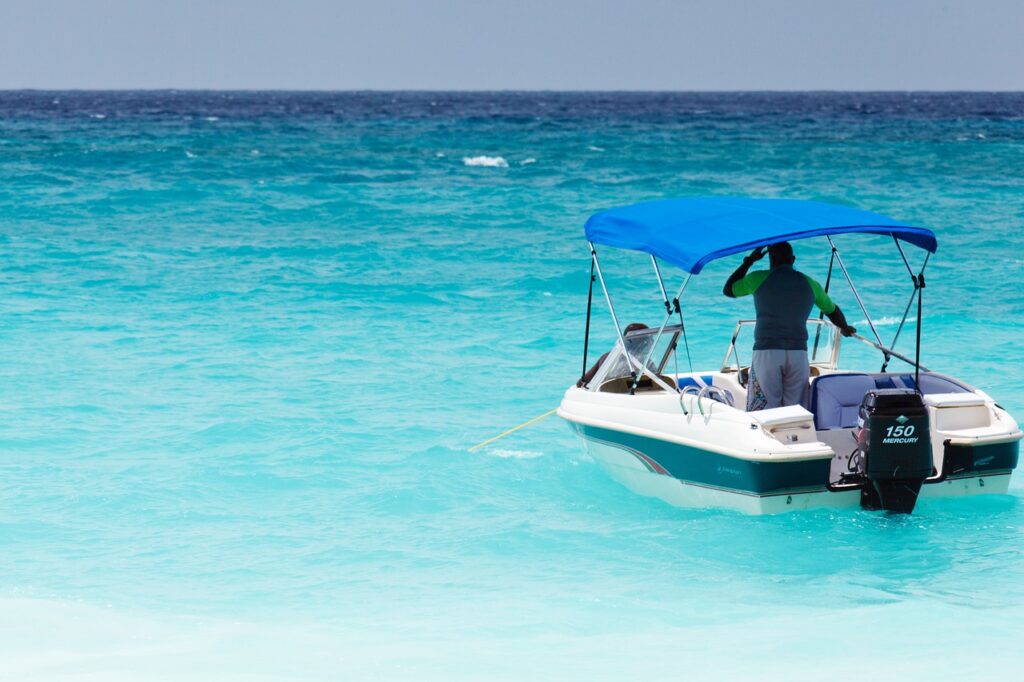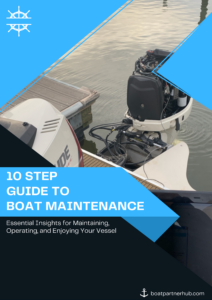Blog
How to Anchor in Shallow Waters: A Comprehensive Guide and Frequently Asked Questions

How to Anchor in Shallow Waters: A Comprehensive Guide and Frequently Asked Questions – Mastering Safe Anchoring Techniques for Serene and Captivating Boating Experiences
Anchoring in shallow waters can be a rewarding experience, allowing boaters to explore serene and picturesque locations. However, anchoring in shallow waters requires careful consideration and the right techniques to ensure safety and prevent potential damage to the boat and the environment. This article serves as a comprehensive guide on how to anchor in shallow waters properly, covering essential steps, anchor types, and best practices. Additionally, we address frequently asked questions to provide you with the knowledge and confidence for a successful anchoring experience.
Step-by-Step Guide: How to Anchor in Shallow Waters
- Choose the Right Anchor: Selecting the appropriate anchor for shallow waters is crucial. Consider using a fluke or grapnel anchor, as they provide better holding power in sandy or rocky bottoms commonly found in shallow areas.
- Find the Ideal Spot: Look for a location with suitable depth and minimal obstructions. Use depth sounders or nautical charts to identify shallow areas, ensuring your boat has enough water clearance.
- Reduce Speed and Approach Slowly: Approach the anchoring spot at a slow, controlled speed. Reduce your boat’s speed well before reaching the designated area to avoid disturbing the water bottom.
- Prepare the Anchor and Line: Lower the anchor over the bow or stern, depending on your boat’s design. Ensure the anchor is securely attached to the anchor line, also known as the rode.
- Let Out the Rode: Gradually let out the rode as the boat drifts backward with the wind or current. Allow enough length for the anchor to set securely on the bottom.
- Set the Anchor: Once sufficient rode is released, gently reverse your boat to set the anchor firmly into the bottom. Look for signs of the anchor digging into the seabed.
- Confirm Holding Power: Verify the anchor is holding by testing it with a slow reverse throttle. If the anchor holds steady, you are securely anchored in shallow waters.
FAQs (Frequently Asked Questions)
Q1: How can I determine if the anchoring spot is safe in shallow waters?
A: Before anchoring, use nautical charts and depth sounders to assess the water depth and avoid potential hazards or obstructions.
Q2: What if the anchor drags in shallow waters?
A: If the anchor drags, you may need to reposition the boat or try a different anchoring technique. Alternatively, consider using a heavier anchor for better holding power.
Q3: Can I anchor in seagrass beds or coral reefs in shallow waters?
A: Anchoring in seagrass beds or coral reefs can cause environmental damage. It is best to avoid anchoring in such sensitive areas and use mooring buoys if available.
Q4: How do I retrieve the anchor in shallow waters?
A: To retrieve the anchor, carefully motor forward while pulling in the anchor line. Use a boathook to dislodge the anchor if it’s stuck in the bottom.
Q5: Can I use two anchors for added security in shallow waters?
A: Using two anchors, such as a bow and stern anchor, can provide added security in certain situations, especially when facing strong winds or currents.
Conclusion
Anchoring in shallow waters can open up a world of exploration and relaxation for boaters. By following the step-by-step guide and considering the right anchor type, you can anchor securely and enjoy the beauty of shallow areas. Remember to choose anchoring spots with care, respecting the environment and avoiding sensitive habitats. By mastering the art of anchoring in shallow waters, you’ll have the confidence to embark on memorable boating adventures in tranquil and captivating locations.


